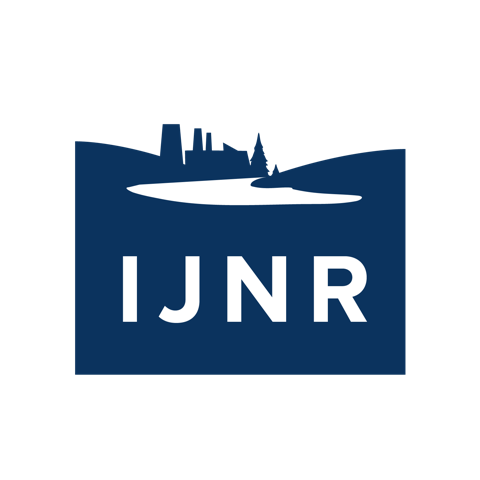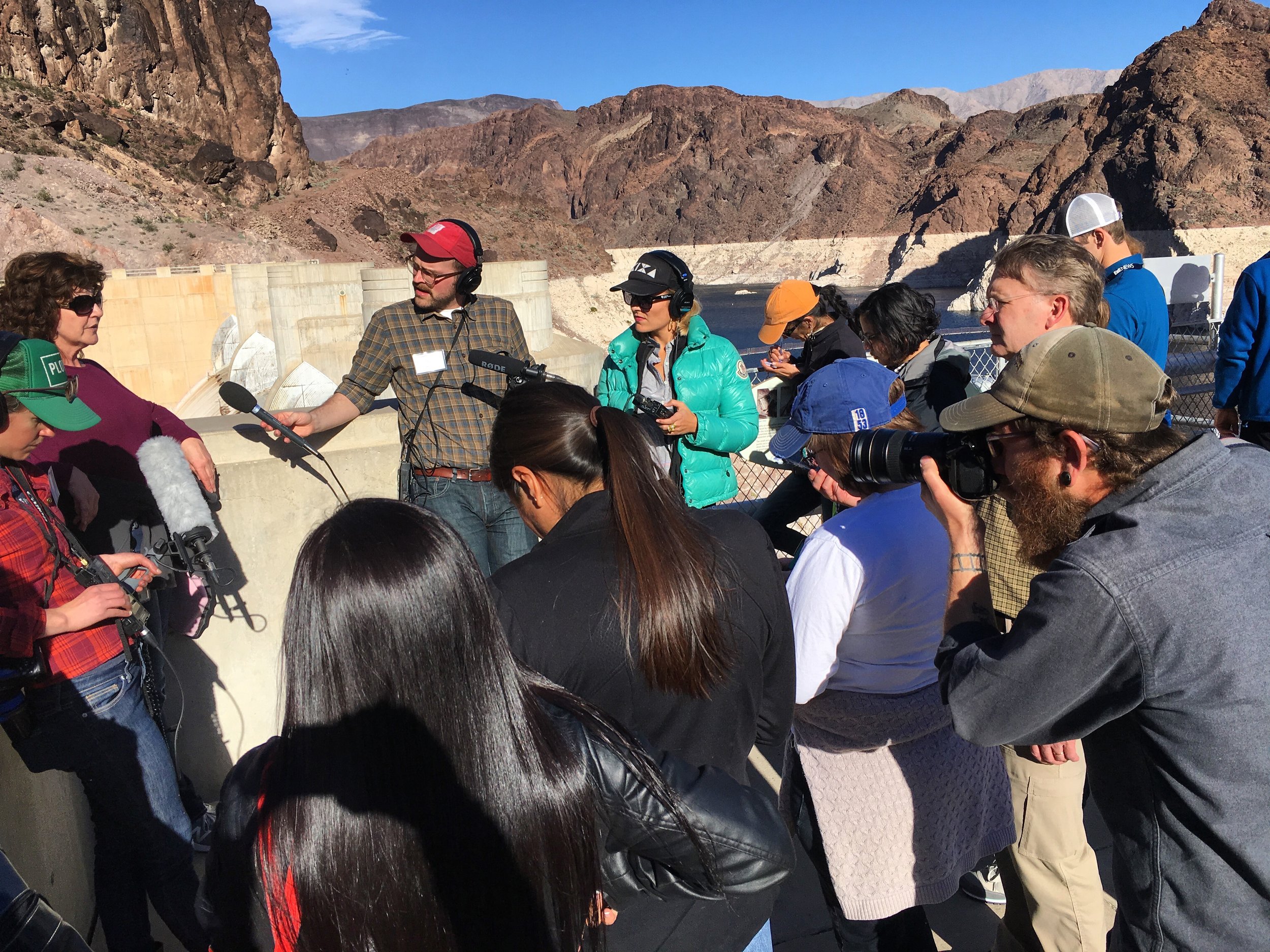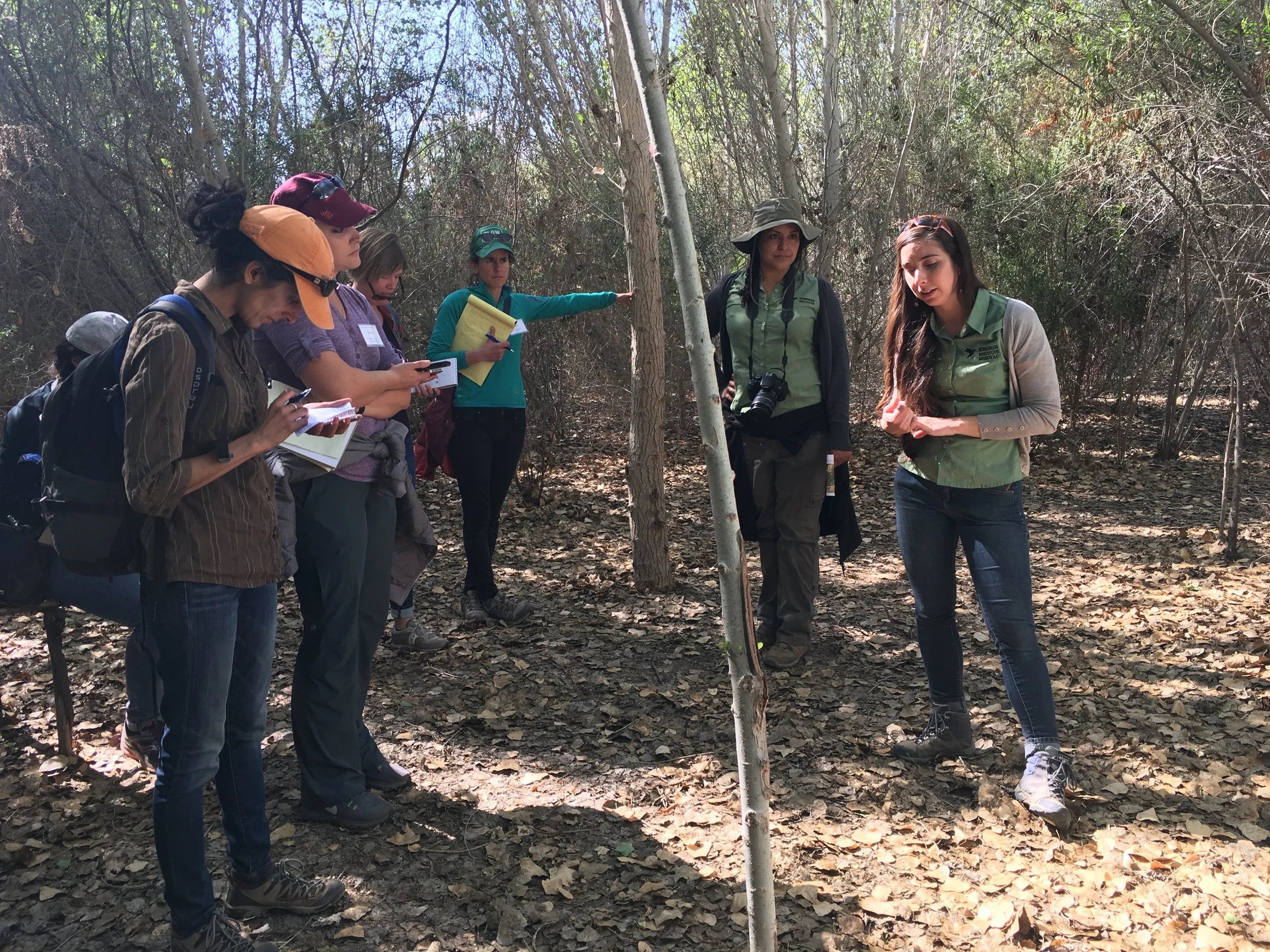Lower Colorado River Institute
February 17-24, 2018
Nevada, Arizona, California, Mexico
There's an adage in the American West that "Whiskey is for drinking, water is for fighting over," and perhaps nowhere do those words appear to ring truer than in the Colorado River Basin. The poster child of an over-allocated and embattled resource, the Colorado passes through seven states and offers sustenance on many fronts: It provides water for more than 30 million people and a significant portion of our nation's food supply. It's home to a handful of endangered fish and wildlife species, and supports a $26 billion recreational economy across the Southwest. And yet, demand for water so outstrips supply that this mighty river runs dry more than 100 miles before it reaches the coast at the Sea of Cortez.
One of the most heavily managed rivers in the world, the Colorado bears little resemblance to its original state: More than 100 dams have been built by the Bureau of Reclamation and the U.S. Army Corps of Engineers for the purposes of hydroelectric energy, flood control, and storage. Aqueducts, pipelines, tunnels and canals shunt water away from the river; Agriculture consumes nearly 80 percent of the Colorado's water, while municipal needs claim the remaining 20 percent.
Predictions suggest that the future will see more of the same. Populations and water demand are expected to increase, and some scientific models suggest that climate change will lead to shorter winters, earlier spring runoff, and increased evaporation. Drought will exacerbate an already stressed resource. Throughout the Southwest, ecosystems and economies alike hang in the balance.
Because the Colorado stretches across such an extensive swath of the American Southwest, it would be impossible to cover the whole river over the span of one Institute. So, we decided to do two. In late July 2017, we conducted an Institute that explored the Upper Colorado River, from its headwaters in Rocky Mountain National Park to the northernmost reaches of Lake Powell. In early 2018 we returned to the region, and continued the journey downstream on a second Institute with a separate group of Fellows.
On our Lower Colorado River Institute, journalists had the opportunity to learn about:
How the demands of the Upper Colorado River basin impact the Lower and vice versa;
The complex, contentious - and often confusing - world of water law, and how pending policies and agreements will shape the future of the desert Southwest;
The ecology of the Colorado River, including endangered and invasive species, and how human impacts are shaping the nature of the river - for better and for worse;
How agriculture and irrigation have shaped the region - socially, economically and ecologically - throughout history, and how the role of these major players may already be changing;
The questions and conundrums surrounding water storage in the basin's major reservoirs - and the possibility of importing water from elsewhere to meet the region's growing demand;
The history, future and ecology of the Salton Sea;
Tribal water rights and the expanding role of the region's tribes in Colorado River water management;
Minute 323, U.S.-Mexico water politics, and the future of the Colorado River delta
The demand for municipal water and the need for conservation in the region's major metropolises, including Los Angeles, Las Vegas, San Diego, Phoenix and Tucson
Where We Went & What We Did
About IJNR
The mission of the Institute for Journalism & Natural Resources (IJNR) is to advance public understanding and civic engagement about environment, natural resource, public health and development issues through better journalism. IJNR conducts expenses-paid, expedition-style training and professional development programs for journalists at all career stages and from all sorts and sizes of news outlets, ranging from newspapers and magazines to radio, television and online operations.
Supporters of this program include the Walton Family Foundation, New Belgium Brewing, as well as other foundations and individual donors.
IJNR maintains editorial independence and control in all of its programming and decision-making.














